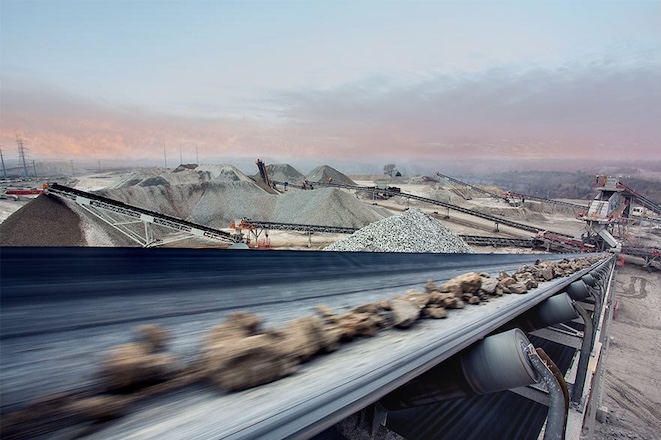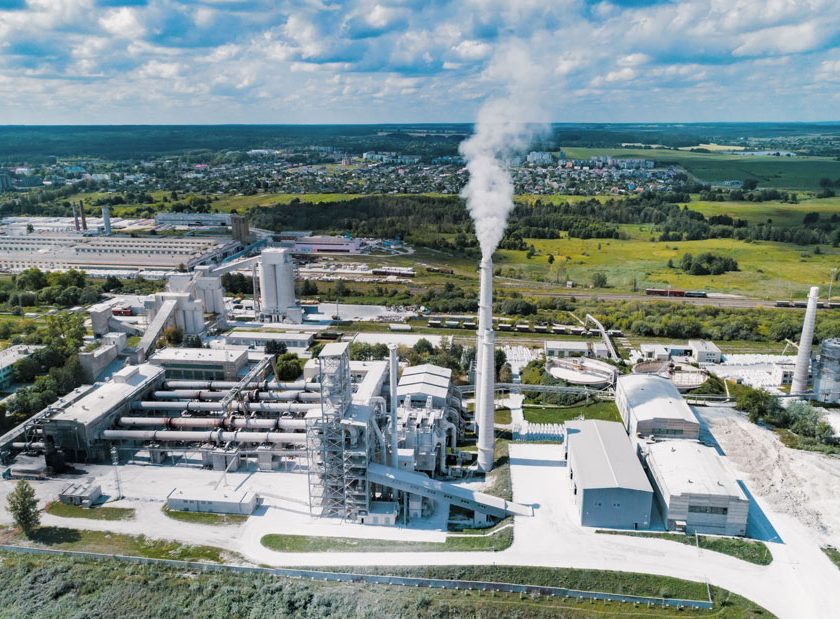Source: McGraw-Hill Construction, New York
According to McGraw-Hill Construction’s report, 2013 Dodge Construction Outlook, total U.S. construction starts for 2013 will rise 6 percent to $483.7 billion, slightly higher than the 5 percent increase to $458 billion estimated for 2012. The forecast was presented at McGraw-Hill Construction’s recent 74th annual Outlook Executive Conference in Washington, D.C.
“[N]ew construction starts in 2010 edged up 2 percent, followed by another 1 percent gain in 2011, and 2012 is headed for a 5 percent increase,” said McGraw-Hill Construction [part of The McGraw-Hill Companies] Vice President of Economic Affairs Robert Murray. “This still leaves the volume of total construction starts 32 percent below the 2005 peak on a current dollar basis, and down about 50 percent when viewed on a constant dollar basis. The modest gains experienced during the past two years have in effect produced an extended bottom for construction starts, in which the process of recovery is being stretched out.
“The fiscal cliff poses a significant downside risk to the near-term prospects for the U.S. economy and the construction industry. Assuming that efforts to cushion the full extent of the fiscal cliff are successful next year, keeping the U.S. economy from sliding back into recession, then there are several positive factors to benefit construction, including low interest rates and improving market fundamentals for several project types.”
Based on significant research and in-depth analysis of macro-trends, the 2013 Dodge Construction Outlook details the forecasts for each construction sector as follows:
• Single family housing will grow 24 percent in dollars, corresponding to a 21 percent increase in units to 615,000 (McGraw-Hill Construction basis). The positives for single family housing have become more numerous—the pace of foreclosures has eased, home prices are stabilizing and mortgage rates are at record lows.
• Multifamily housing will rise 16 percent in dollars and 14 percent in units, marking healthy percentage gains yet slower growth than what took place during 2011 and 2012. Improved market fundamentals will help to justify new construction, and this structure type continues to be viewed favorably by the real estate finance community.
• Commercial building will increase 12 percent, a slightly faster pace than the 5 percent gain estimated for 2012. Both warehouses and hotels will benefit from lower vacancy rates, while store construction will feature more upgrades to existing space and the derived lift coming from gains for single family housing. The increase for office construction will be modest as new privately financed projects continue to be scrutinized carefully by lenders. Next year’s level of commercial building in current dollars will still be more than 40 percent below the 2007 peak.
• Institutional building will level off, following the steep 13 percent drop estimated for 2012. For educational facilities, K-12 construction will slip further while college and university construction should at least stabilize. Healthcare facilities are expected to make a modest rebound after this year’s downturn.
• The manufacturing building category will grow 8 percent, showing improvement after its 2012 decline.
• Public works construction will slide an additional 1 percent, as federal spending cuts, in particular, restrain environmental projects. The new two-year federal transportation bill should help to limit the impact of spending cuts on highways and bridges.
• Electric utility construction will drop 31 percent, after reaching a record high in current dollars during 2012. This year was boosted by the start of two very large nuclear power plants; projects of similar magnitude are not expected for 2013. The expiration of federal loan guarantees for renewable energy projects would also dampen construction in 2013.
Copies of the 2013 Dodge Construction Outlook, with additional details by building sector, can be ordered for $495 at McGraw-Hill Construction’s Research and Analytics Store.



